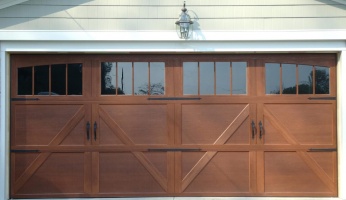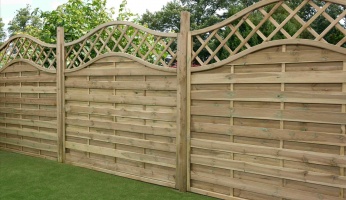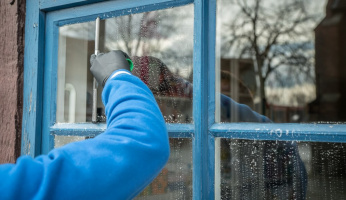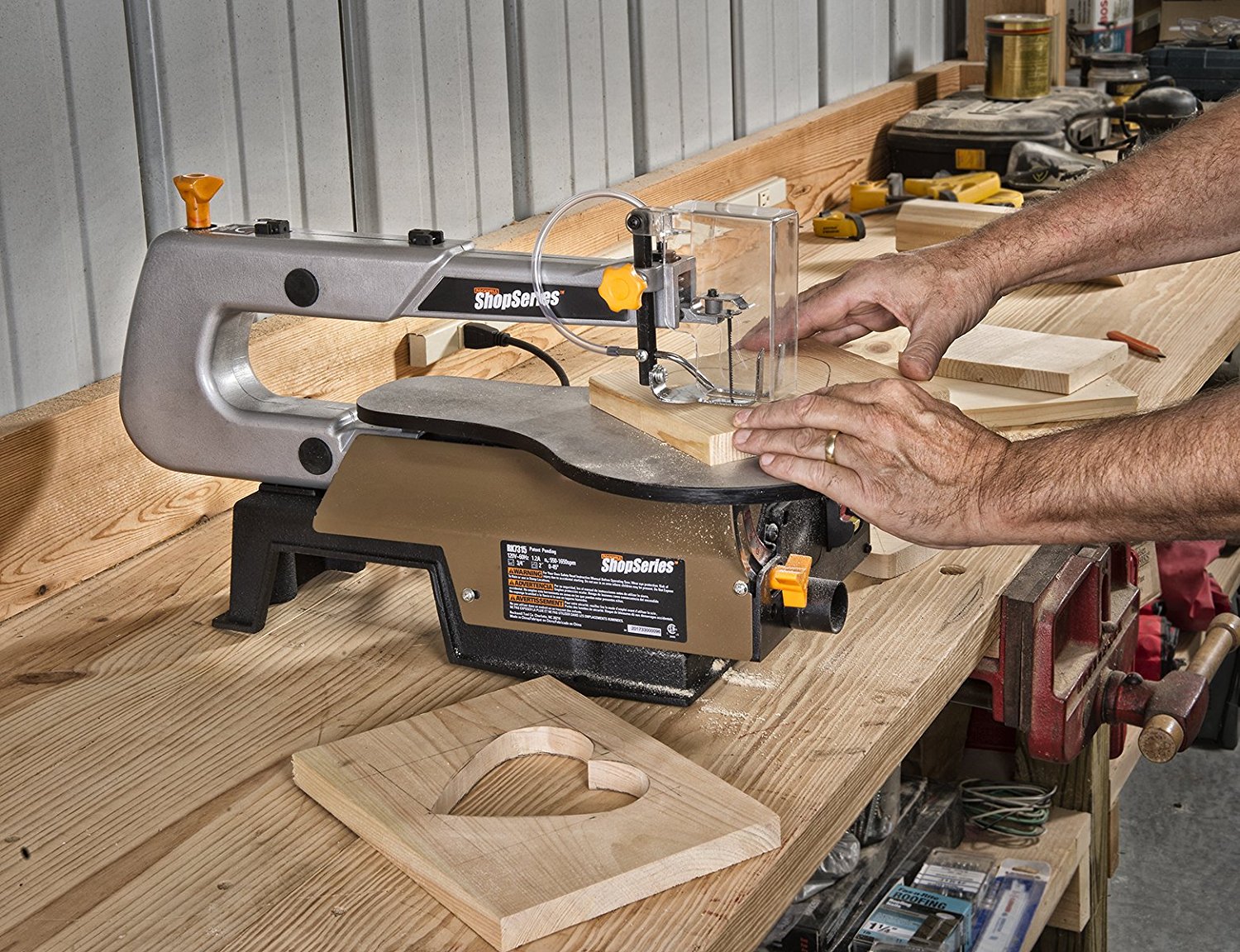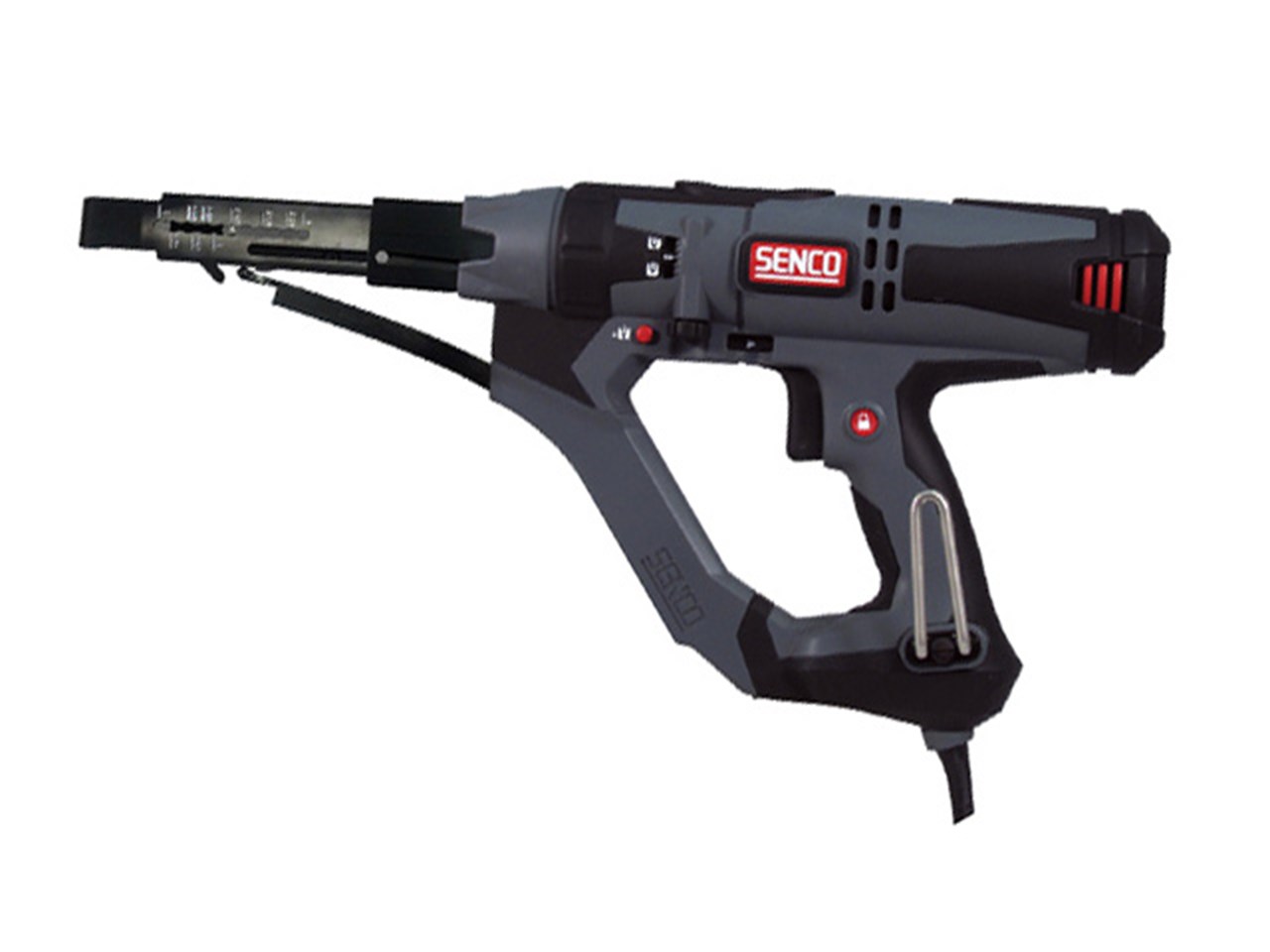- No Obligations
- Stop Paying Too Much For Your Contractor
- No Spam Calling
- Screened & ID Checked Contractors only!
Window Security Bars: Types and Cost
0
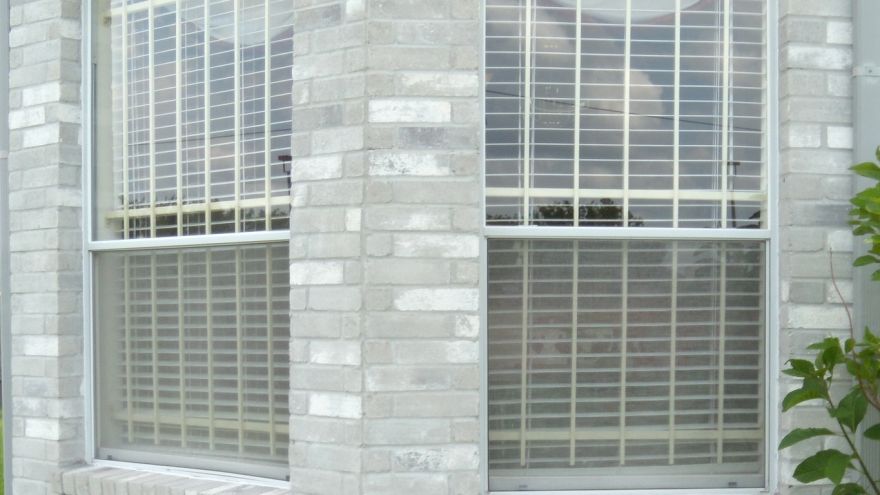 Window Security Bars: Types and Cost
earlyexperts.net
Window Security Bars: Types and Cost
earlyexperts.net
Window security bars, also known as burglar bars, are exactly what they sound like: an extra layer of protection between your family and anyone liable to break and enter your home. We have all seen window security bars in action, and whether we find them unsightly, or think they may actually add some character to the face of our home, no one can deny that they work to ensure the security of your home and protect it from invaders and burglars.
Police and security professionals all agree that there is nothing more discouraging to a potential thief or burglar than breaking the glass on a window or finessing it open, only to find a thick set of metal bars on the other side. Bars over the outside of windows can be even more effective. Not because they are stronger or harder to uninstall, but simply because they’re there. Much of home defense is about presenting a set of security measures that broadcasts how difficult the job will be for people who may try and break in. Potential criminals need to see your house while casing a neighborhood, look at those bars and think, “that one is out.”
Homeowners do not come to the decision of installing window security bars lightly, and it is rare that this extra security measure is taken strictly for the look it achieves. The aesthetic value is almost always a byproduct of a larger need, one of security.
Questions to ask yourself
But how do you know if you are in need of this extra barrier of protection? Here are some questions to ask yourself if you’re on the fence about whether or not to go through with window security bars on your own home:
1. Is the burglary rate high in a neighborhood?
If the answer is no, then you are likely overcompensating by adding burglar bars. It could be, however, that the burglary rate is low, but the general crime rate is high. While general crime does not necessarily mean break-ins, it is probable that added security would provide peace of mind in a high crime neighborhood.
It is important to add a bit of nuance to the above answer. Certainly burglary/crime rates in your neighborhood are the right statistic to consider when thinking about extra defense measures for your home, however, it is also important to note those rates in surrounding neighborhoods. This is unique to certain county structures. For instance, in some towns, the crime rate is fairly low, however, the town or neighborhood borders one with much more documented crime. What’s more, if your house is close to a highway entrance and exit, your neighborhood is ideal for break-ins. It is only a matter of time before someone notices this, and, the burglary rate of your town or neighborhood begins to rival that of the higher rates in the neighboring communities.
2. How do I find these numbers?
When you purchase your home, it is likely that the real estate agent has this information handy. If you’ve been in your home a while, you can also find it on one of the many large real estate websites like Zillow or Trulia. Even if your home is not listed, one in your neighborhood certainly is, and you can use that data to weigh your decision.
If all else fails, you can call your local police department, where those numbers should be public information.
3. Are you comfortable with the look of security bars?
This is the tricky one. If you really hate the look of security bars on home windows you are in for a tough decision. I think the ancillary question to the one above is, does the safety of the people living in your home outweigh curb appeal?
This sounds crass, but it is not meant to be because the weight of that safety is in part based on those crime rates. The numbers might be going up steadily, in which case the answer is obvious. However, it could be that crime is high but declining. It could also be that there were a few years of high crime that were outlier years in the grand scheme of your neighborhood’s history. Each of these very specific situations needs to be considered for its uniqueness.
Different Types of Burglar Bars
So you have come to the ultimate conclusion that you will need to install window security bars, both for the safety of the people living in your home and for your own peace of mind. The next question you must ask yourself is what type?
We have broken up the many variations into three categories:
1. Permanent security bars are just that: permanent, meant for constant, long-term use. These are typically bolted into the framing of the house on the inside of the window or built into the window itself.
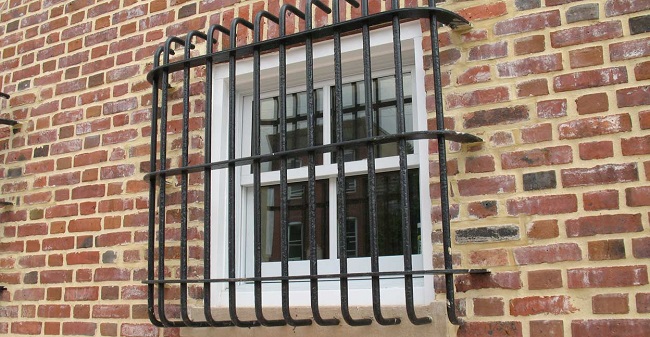
2. Swing away bars are hinged bars designed to allow for easy open and close. This makes things like cleaning windows a bit more feasible. Swing away systems are usually secured with a padlock. There are also some kits that feature a lock/release mechanism on the inside that serves the same purpose as a padlock would.
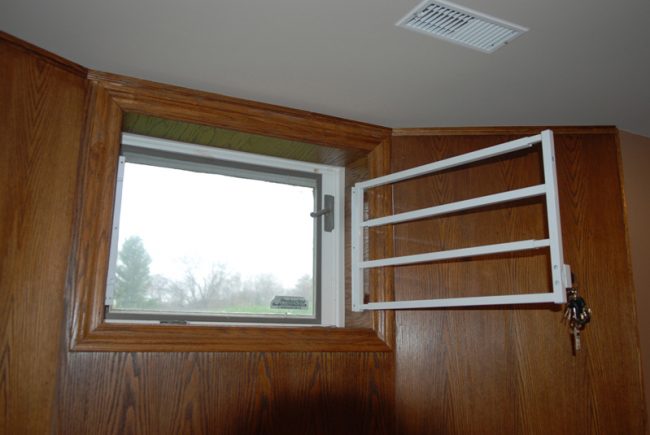
One tip concerning swing away bars: some municipalities will require swing away bars as a part of the fire code in town, which limits your options with regards to security bar types.
3. Removable bars/grilles are designed to be used only at certain times. This allows the property owner to maintain a welcoming aesthetic but keep a level of security when he or she needs it. Think the steel and mesh grilles that slide over doors and windows in small markets or across mall storefronts after closing. At night the bars slip into place and can be removed during the day.

Removable bars/grilles are probably not the best bet for residential properties, in part because they are not built for the small windows and doors most susceptible for home break-ins.
Where to Install Bars
So, what are those areas in your home where burglars are most likely to highlight? The answer to this question is not as obvious as it might seem.
Certainly, first story windows, those low to the ground that can be reached without a ladder or any other sort of scaffolding are vulnerable, but experts also cite basement windows and windows hidden from view as top prospects for burglars. This is counter to what many homeowners initially think, spending time and money investing in the security of the doors and windows that are in plain sight. However, it is the low and out of the way windows that are targeted for the very reason that they are not in plain sight. Just because they are not visible from the road does not mean that a burglar will not consider them.
Someone who is thinking about breaking into your home has likely done it before and thus knows these points of entry exist, whether they can see them or not. It is in these dark corners, behind bushes, and in basement window wells, that burglars can go completely undetected. Often, it can be days before a homeowner even notices a broken basement window and few hundred dollars worth of items missing.
Costs
So let’s talk turkey. The cost of window security bars can be a huge determiner in someone’s decision to move forward with the install. Depending on which type of window security you choose, it is possible to purchase a do-it-yourself kit from your local home improvement store. A kit for small windows like those to your basement will cost anywhere from $100-$200.
The removable grilles for larger windows are slightly more expensive at $300-$500. Professional installation for either of these can add around $150 in labor costs to those prices
One Tool in the Tool-kit
It is important to name that window security bars are often a part of larger security systems. This is something that you will definitely want to factor into the cost. Ultimately, if you truly need them, window bars will not suffice by themselves.
It is far more effective with regards to deterring burglaries and break-ins to integrate window security bars into an entire system. There are one-time installation costs for most security systems, as well as a monthly subscription cost if your system has a monitoring service attached to it. Some other elements consider as you build your home system for optimal security are motion sensor lights and surveillance cameras.

